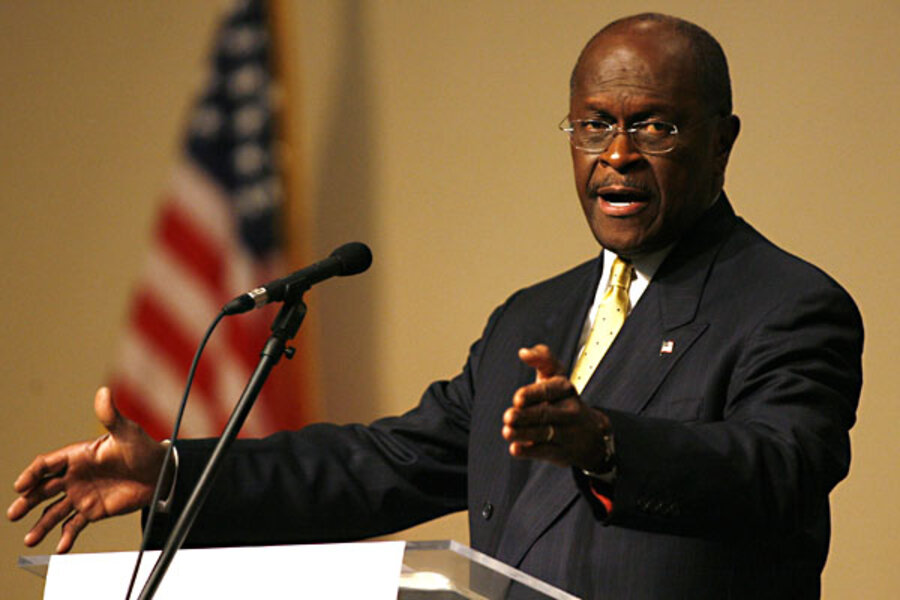999 Plan: A 'distributional nightmare'
Loading...
I debated Herman Cain’s economic advisor, Rich Lowrie, last night on the Larry Kudlow Show. A key point here is that the plan, which Bruce Barlett calls a “distributional nightmare,” radically shifts the tax burden from high-income households to everyone else. I focused on the median household, and Lowrie either doesn’t understand the implications of the plan or he’s deliberately misrepresenting it.
For a $50K household, married couple, two kids, all income from earnings and standard deductions, the current tax burden is $8.3K. Under 9-9-9, that would grow to $13.5K, an increase of over $5,000 (hat tip: CCH, BS). The WaPo fact checker came to a similar conclusion. E Klein too.
(I expect that any minute now the Tax Policy Center will release a slew of data supporting these points with their much more detailed tax model.)
But Lowrie wouldn’t accept that conclusion. In fact, he asserted that their federal tax would be lower because they’d move from a 15% payroll tax to a 9% income tax. This, as I said on air, is “patently wrong.”
First of all, assuming they plan to exist, they’ll need to consume stuff, and thus they’ll also face the 9% sales tax. That already makes their tax rate 18%, higher than the 15%.
But as Michael Linden points out, and this is widely agreed upon by tax economists, the incidence of the 9% tax on business income (which denies businesses a deduction for wages paid) also hits them, which is why former Joint Tax Committee chief of staff Ed Kleinbard described the tax as a 27% payroll tax for families whose incomes derive from earnings (note that Lowrie is perfectly comfortable with the standard assumption assigning the incidence of the employers side of the payroll tax to the family—this one re the business tax is equally standard).
For a family with $500K, same assumptions as above, their tax bill would fall by $44K.
But where this plan really gets regressive is when you get up into the families who derive their income from non-labor sources. While the details of the plan are fuzzy when it comes to capital gains and dividends, it seems clear that those earning thousands or even millions of dollars in these types of non-labor income would enjoy a massive tax cut. And that would further widen the disparity between the highly preferential treatment of capital gains and dividends on the one hand, and the taxation of “ordinary” wage and salary income on the other.
We’ve got enough income and wealth inequality coming from the pretax distribution—we don’t need to exacerbate it through the tax code.
Middle class families that depend on earnings will pay more taxes under the Cain tax plan. High income families will pay a lot less. His advisors who say otherwise are misleading the electorate and that must not stand.





